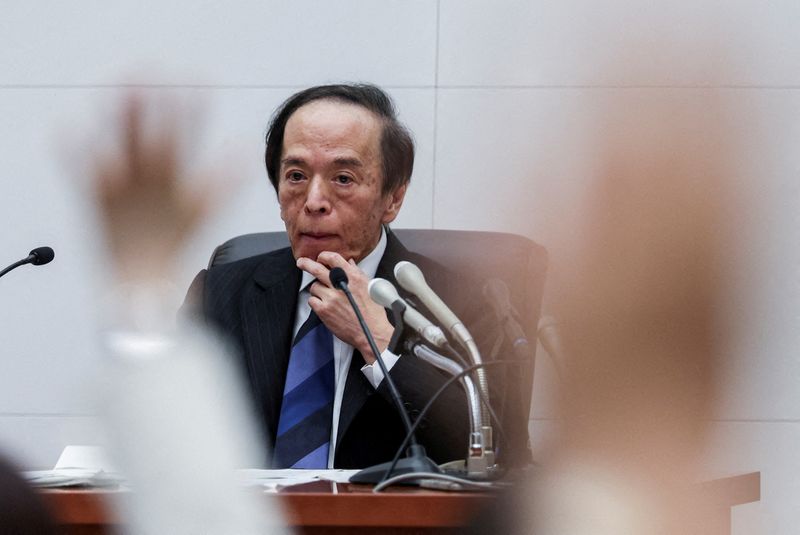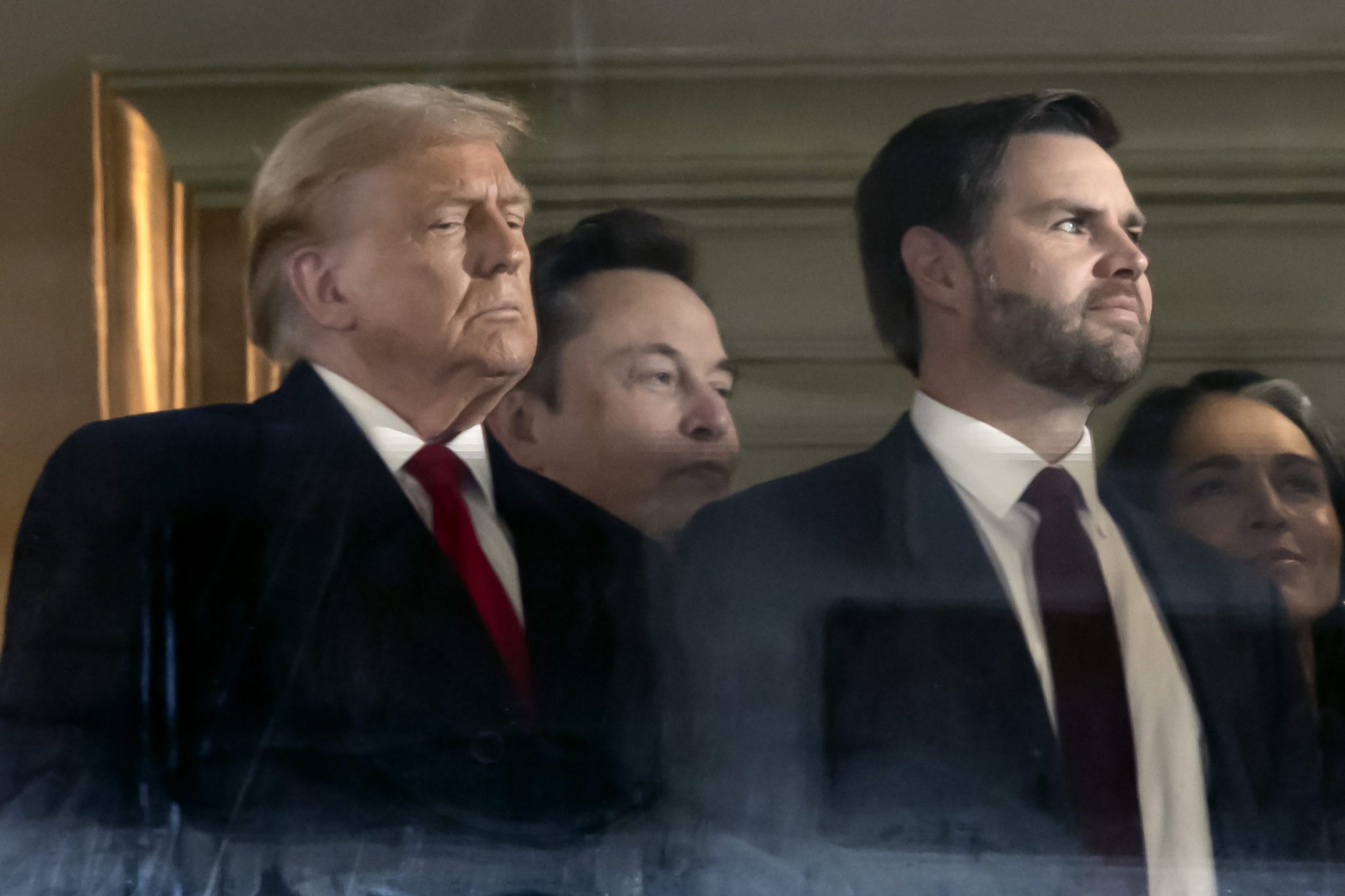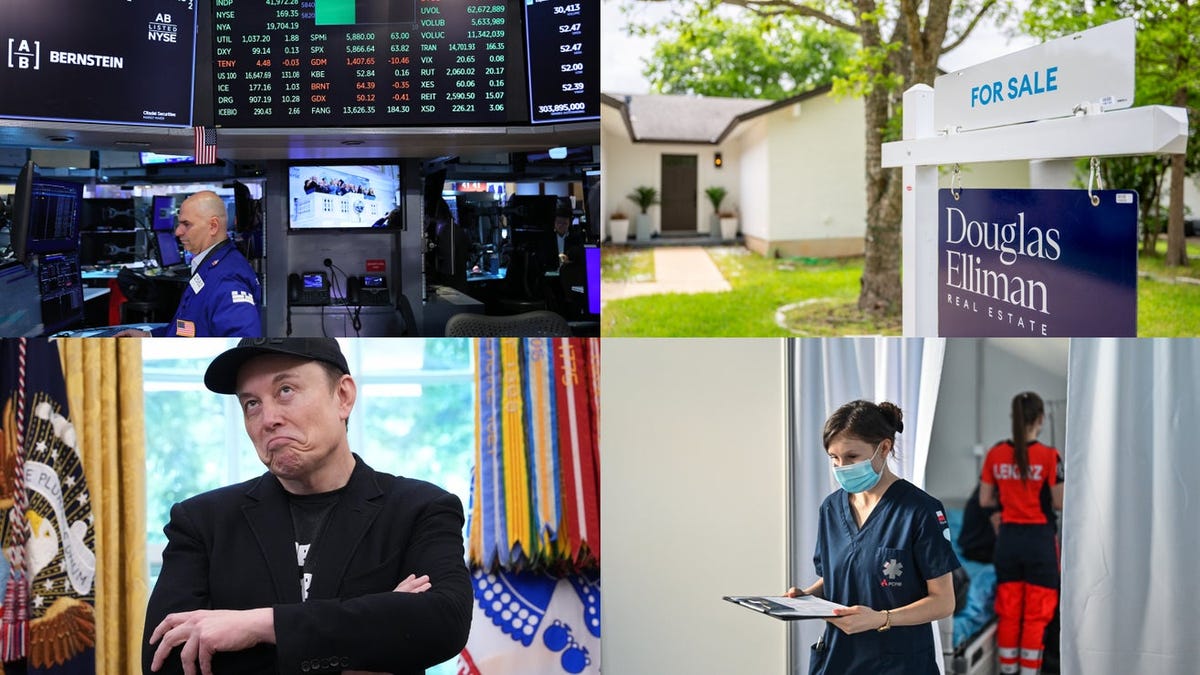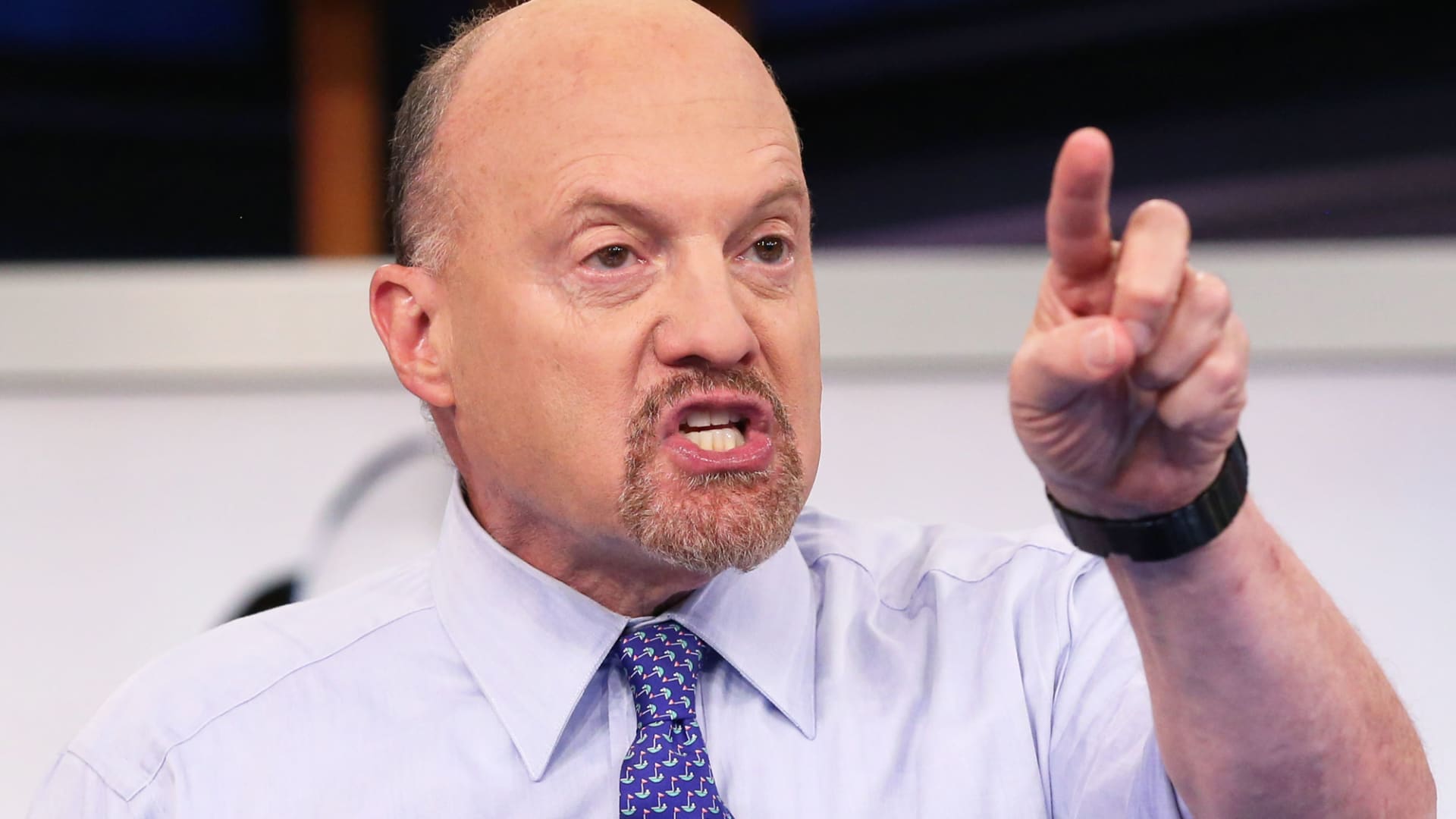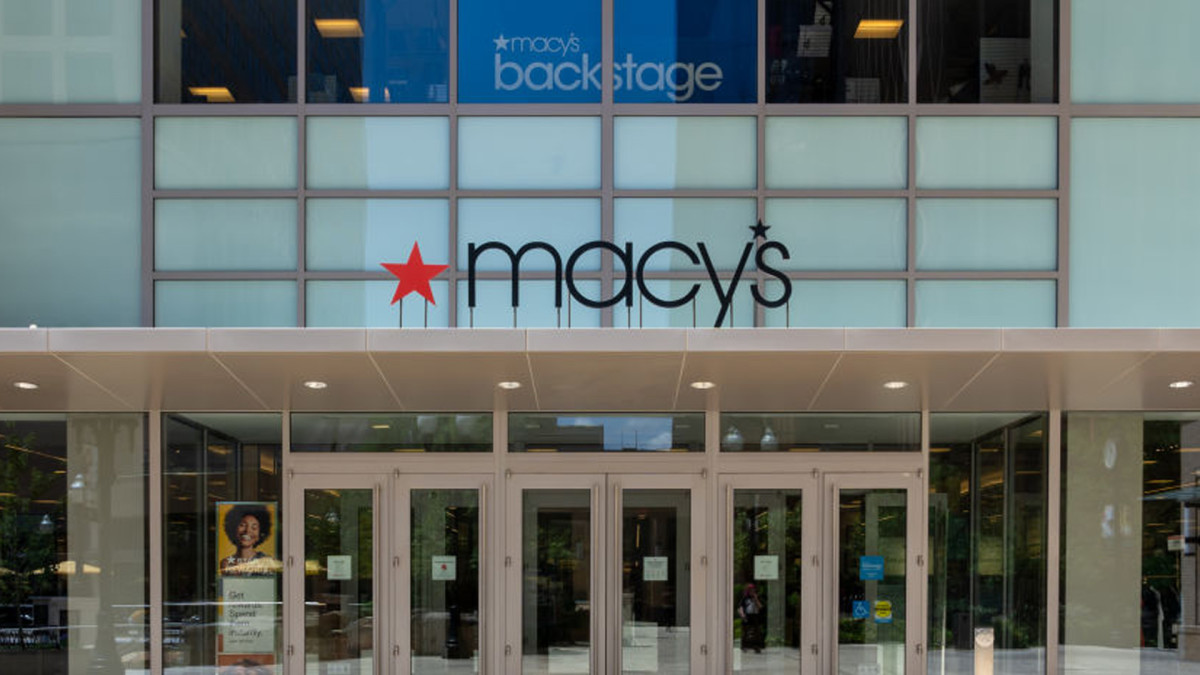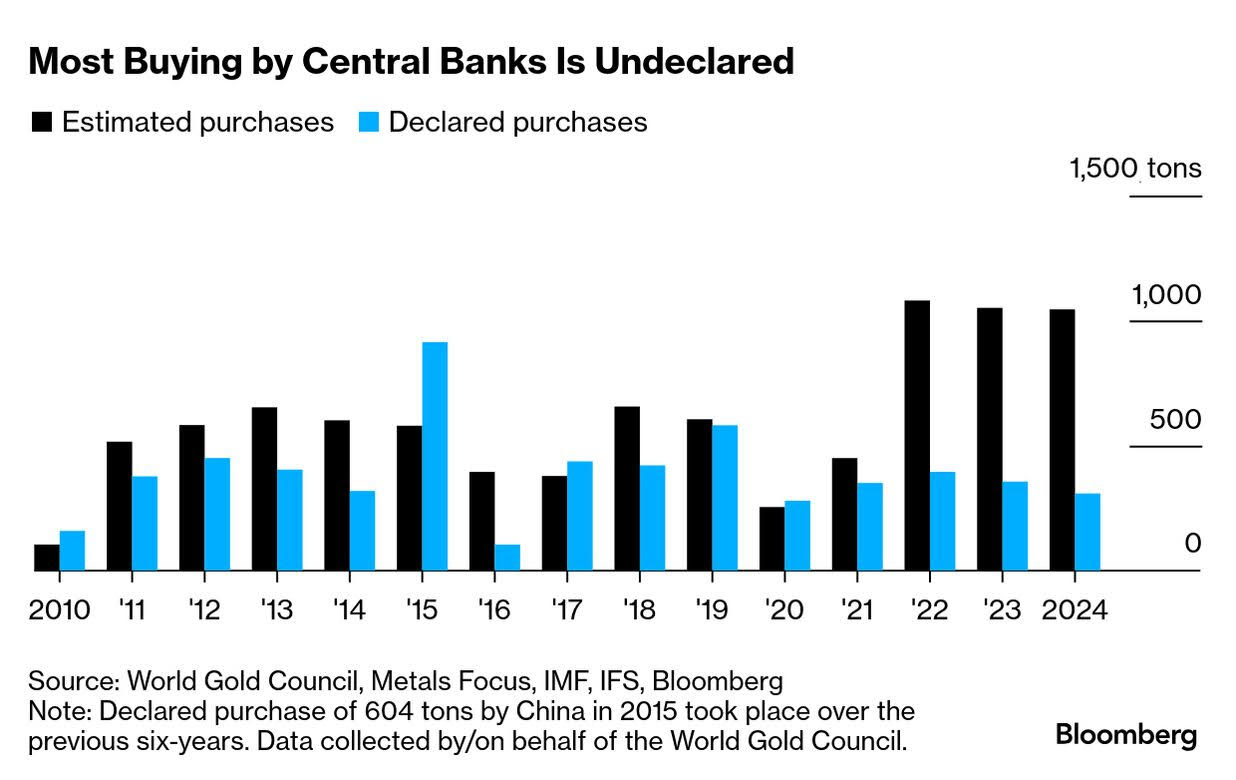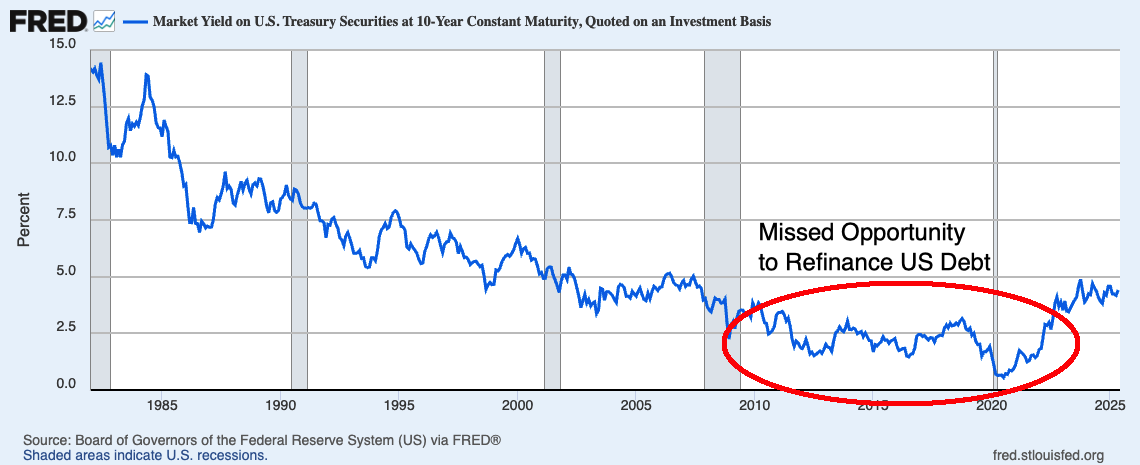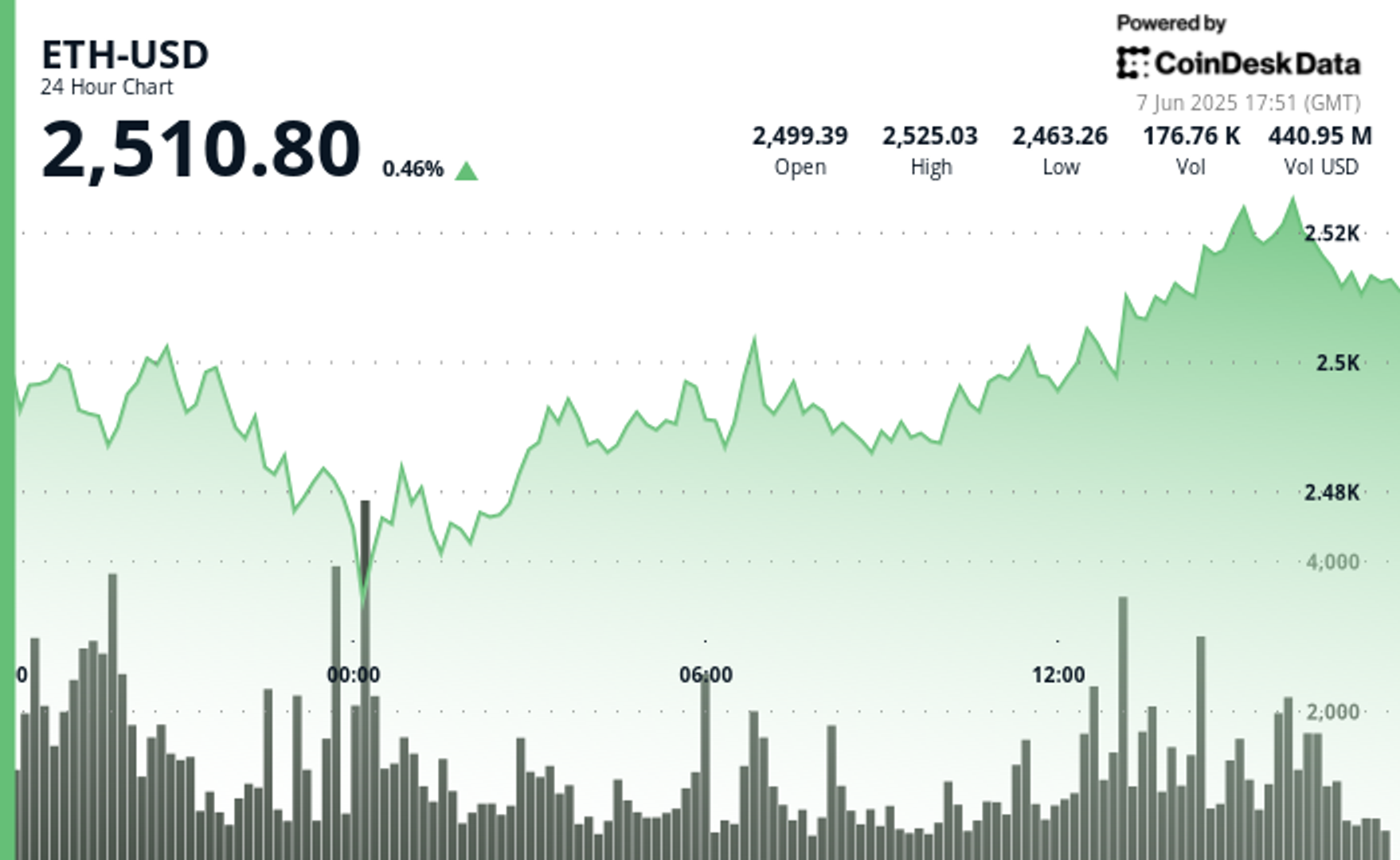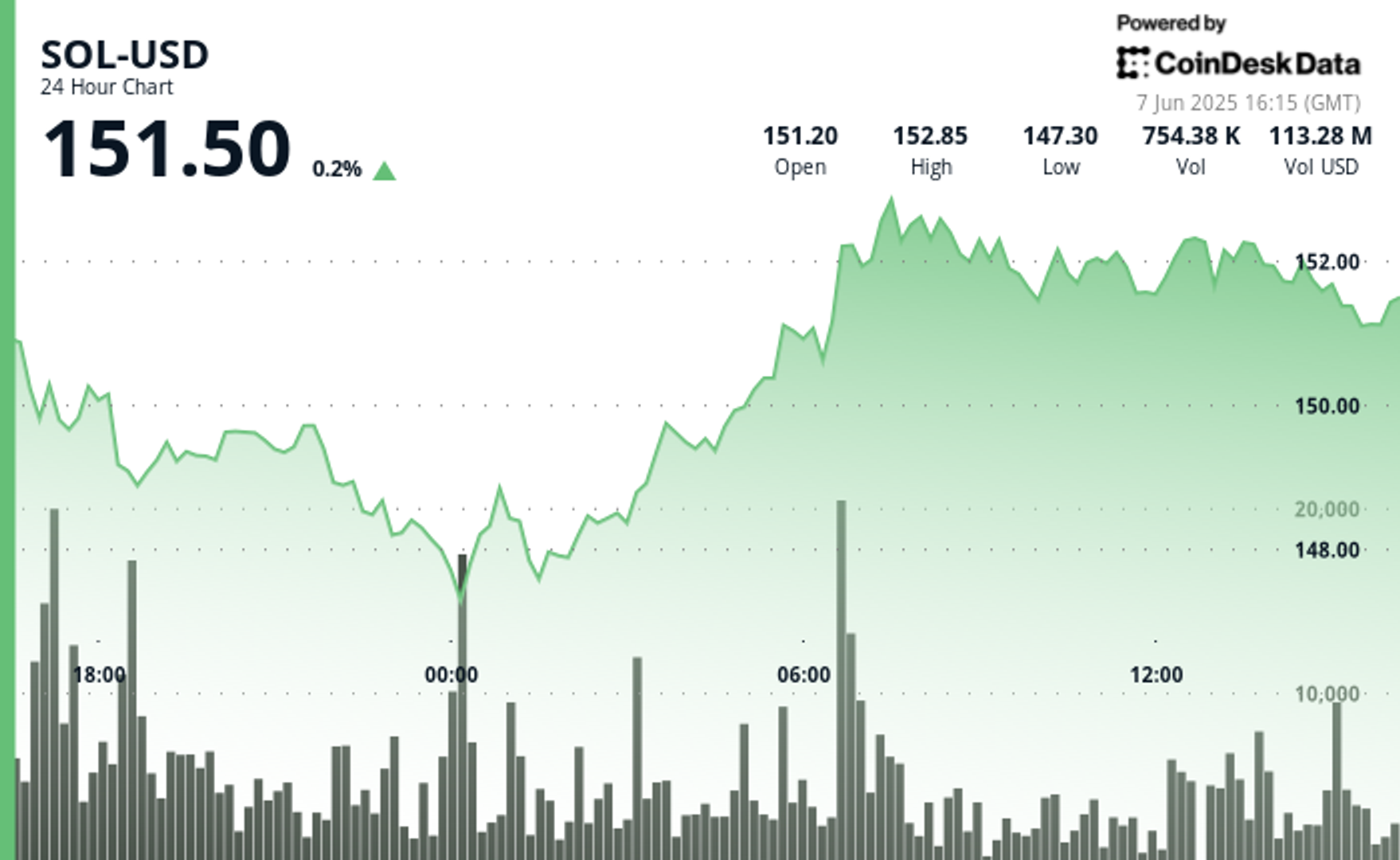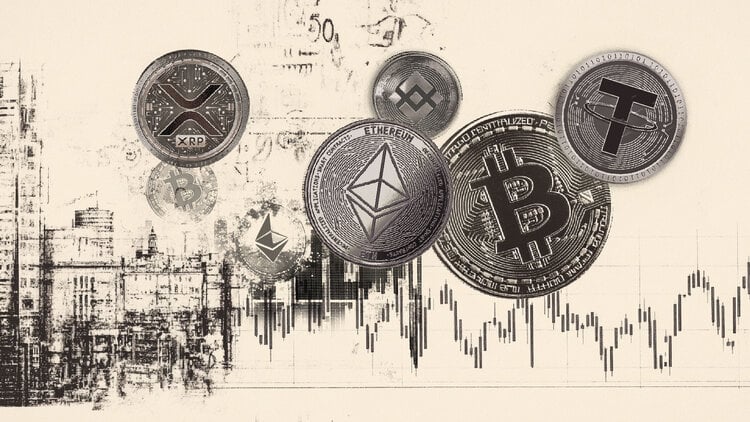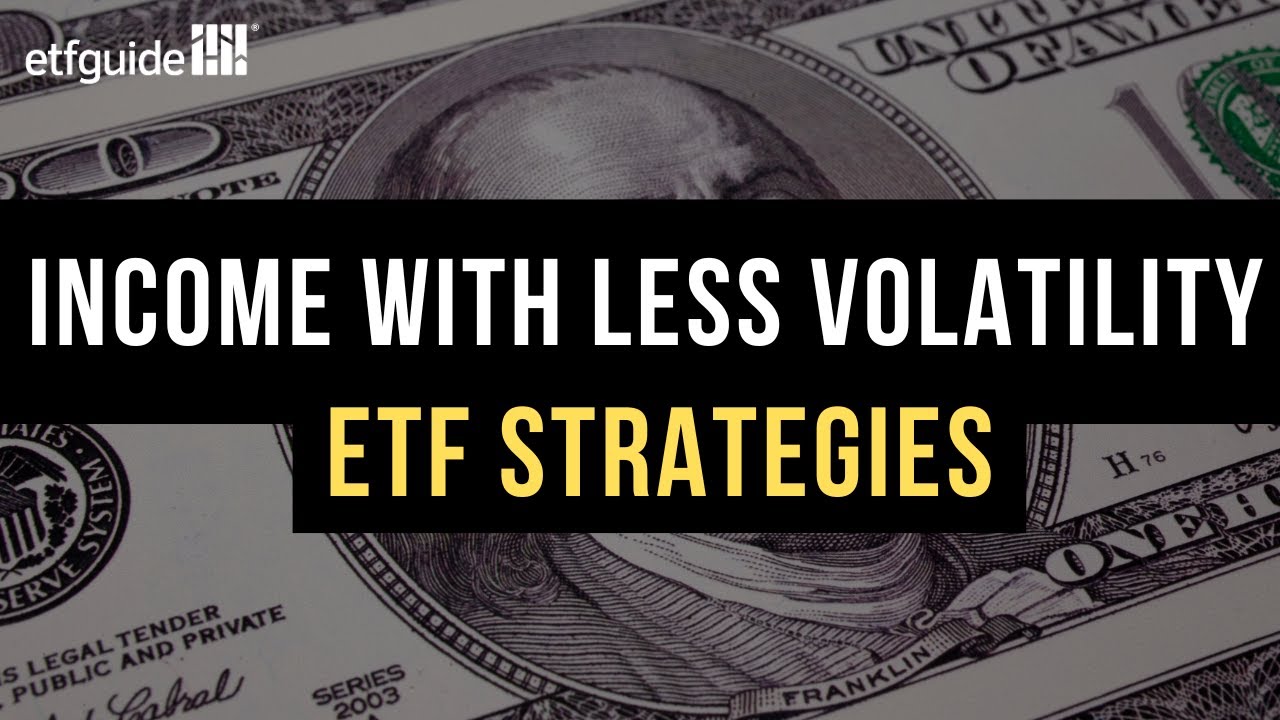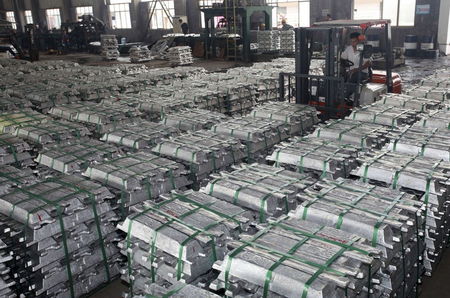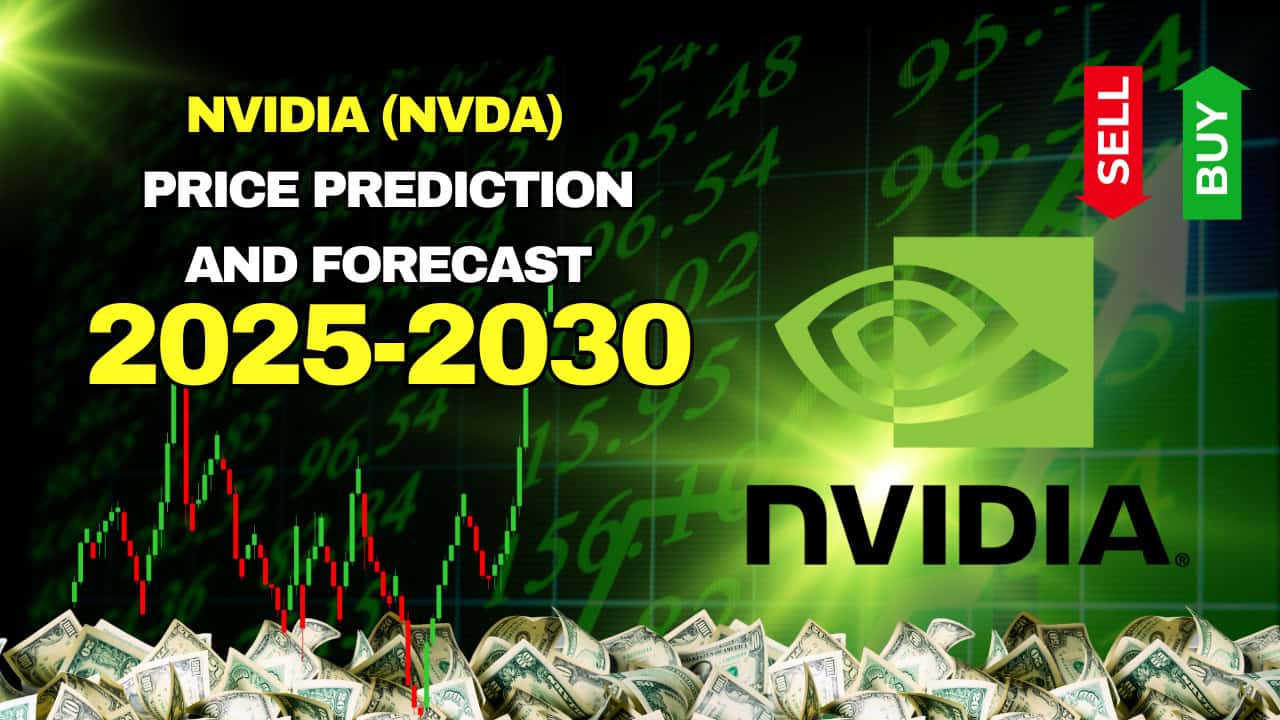Nvidia (NASDAQ: NVDA) Stock Price Prediction for 2025: Where Will It Be in 1 Year (June 4)
Nvidia remains the dominant AI chipmaker in the market, but where is the stock head in the coming year? The post Nvidia (NASDAQ: NVDA) Stock Price Prediction for 2025: Where Will It Be in 1 Year (June 4) appeared first on 24/7 Wall St..
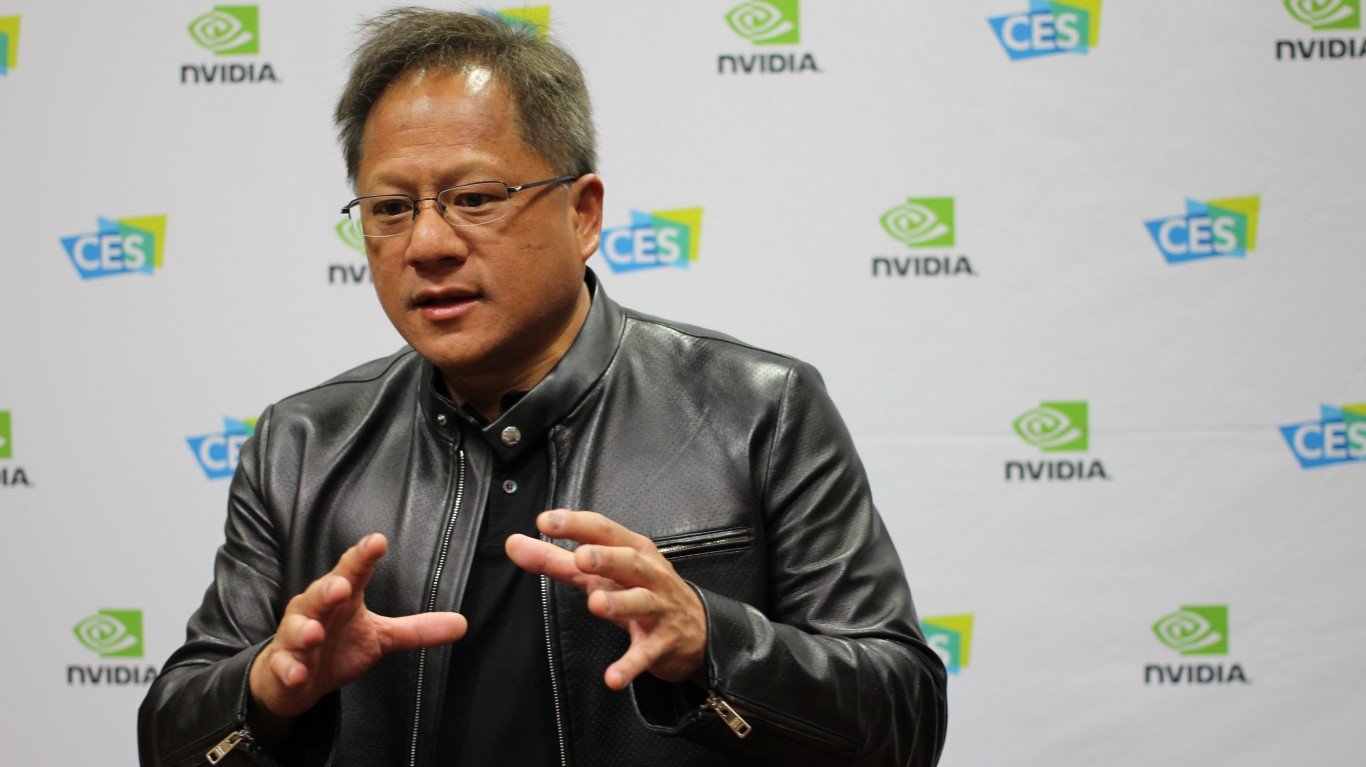
Shares of Nvidia Corp. (NASDAQ: NVDA) have surged 23.3% over the past month, including a 4.8% gain over the past five trading sessions. That has brought the stock back to 5.1% higher than at the beginning of the year. This rebound has sparked mixed reactions. Some analysts are raising price targets, while others caution against headwinds following new U.S.-China trade developments.
Nvidia, the leading artificial intelligence chipmaker, is navigating a pivotal moment after posting mixed first-quarter earnings that one analyst called a victory. Earlier, the stock soared after President Trump announced a new U.S.-China trade agreement to pause tariffs. That reduced U.S. tariffs on China from 145% to 30% and China’s from 125% to 10% for 90 days. The recent gains for the chipmaker helped wipe away the steep drop the stock suffered early in 2025, after reporting it would take a $5.5 billion charge tied to H20 chip export restrictions to China.
24/7 Wall St. Key Points:
-
U.S.-China trade relations present headwinds, but Nvidia Corp. (NASDAQ: NVDA) is also the dominant AI chipmaker in the market, and the company’s profitability remains strong.
-
Capex continues to be a strong focus as the company continues to hyperscale its production.
-
Although the long-term outlook for Nvidia remains positive, it faces near-term headwinds, even with the apparent thaw in U.S.-China trade relations.
-
If you’re looking for a megatrend with massive potential, make sure to grab a complimentary copy of our “The Next Nvidia” report. This report breaks down AI stocks with 10x potential and will provide a huge leg up on profiting from this massive sea change.
Despite this, the company’s pivot to U.S. AI infrastructure investments and new chip designs for China signal resilience. With analysts eyeing robust data center demand, 24/7 Wall St. conducted analysis to explore whether Nvidia can sustain its recovery and drive further growth.
Why Invest in Nvidia?

Nvidia faces significant hurdles as it navigates U.S.-China trade restrictions and intense market expectations. In the first quarter, export controls on its H20 AI chip—which had been designed specifically to circumvent export restrictions on advanced technology to China—led to the substantial write-down noted above. Analysts believed the ban could result in a $9 billion revenue hit. Some $700 million would affect fiscal first-quarter results, with the remaining $8 billion spread across the second and third quarters.
New U.S. tariffs and China’s retaliatory measures also threatened supply chain costs, particularly for components sourced globally, while competition from Huawei’s Ascend chips grows. These factors had analysts warning of margin pressure. Yet, Nvidia’s profitability remains robust. The company has reportedly raised prices 10% to 15% on some of its most popular GPUs as a result of the tariffs. Gaming processor prices jumped 5% to 10%, while it hiked high-end AI GPUs as much as 15% to account for surging manufacturing costs and to keep its earnings stable.
Yet investments in U.S. AI infrastructure, supported by Taiwan Semiconductor Manufacturing’s $165 billion Arizona fab expansion, bolster Nvidia’s supply chains and are backed by its $37.6 billion cash reserve.
Of special note is a new deal CEO Jensen Huang announced as part of Trump’s recent visit to Riyadh. Nvidia will sell 18,000 of its GB300 Blackwell chips — its most advanced — to Saudi Arabia’s Humain for use in data centers with 500 megawatts of capacity.
Additionally, the AI market is projected to grow at a 37% CAGR through 2030, according to Grand View Research. This supports Nvidia’s $170 billion fiscal 2026 revenue forecast, a 30% increase over the $130.5 billion it generated in 2025.
Nvidia as a Company
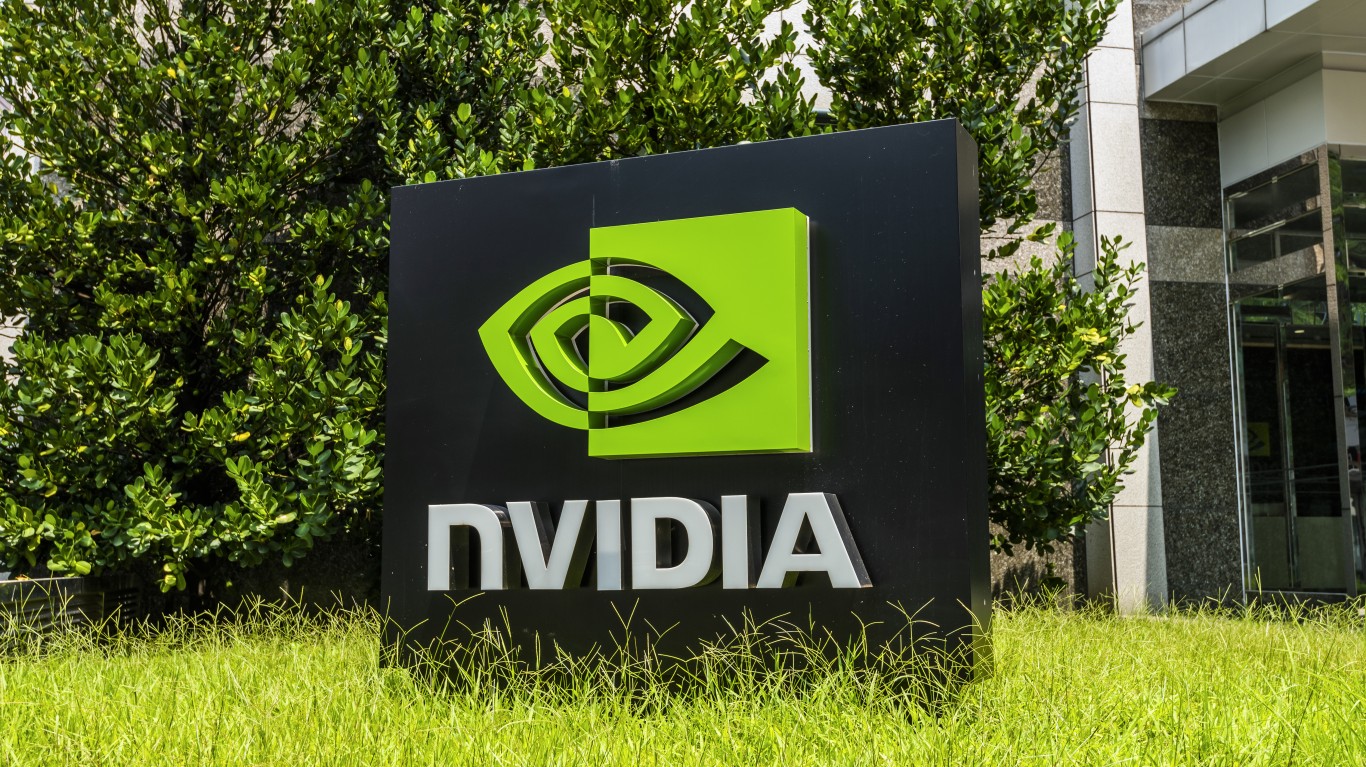
In its first-quarter earnings report, Nvidia revenue totaled $44.1 billion. That was up more than 69% year over year. AI infrastructure demand and the Blackwell ramp-up eclipsed an $8 billion revenue hit from the China import rules.
The chipmaker invested $3.2 billion in capital expenditures in fiscal 2025, expanding Blackwell accelerator production and AI infrastructure. Analysts expect first-quarter 2026 capex to hover around $800 million to $900 million quarterly to meet hyperscaler demand.
U.S.-China trade restrictions still pose risks, even with the potential thaw, tariffs could raise costs, which would explain the price hikes reportedly implemented. A 39% operating expense increase to $3.7 billion for R&D offset Nvidia’s adjusted operating income of $25.1 billion.
Yet, Nvidia’s growth is not solely tied to data centers, which generated $39.1 billion in first-quarter revenue. The company expanded its automotive segment, with a 103% year-over-year increase to $570 million, driven by partnerships with Toyota and Aurora Innovation for autonomous vehicles. This diversifies Nvidia’s portfolio amid tariff uncertainties.
Nvidia has projected fiscal second-quarter revenue of $45 billion, plus or minus 2%. That reflects an estimated $8 billion loss in H20 revenue due to recent export control limitations.
Nvidia as a Stock

Nvidia shareholders have been on a rollercoaster this year. The stock peaked at $153.13 early in 2025, before dropping to a 52-week low of $86.62 in April. The announced pause in U.S.-China tariffs and the first-quarter results have the share price back up to near $142.
Analyst sentiment remains bullish. Of 63 analysts who cover the stock, 56 recommend buying shares, 12 of them with Strong Buy ratings. Their consensus one-year price target has risen to $170.76. That signals about 20% upside potential from its current price. Targets range from $100 to $220 per share.
Citigroup, Morgan Stanley, and Truist were among analysts that maintained Buy-equivalent ratings after the earnings report, and Raymond James has a Strong Buy rating. Bank of America lifted its $160 price target on the stock to $180, while TD Cowen boosted its target to $175 from $140.
| Estimate | Price Target | Change From Current Price |
| Low | $100.00 | −29.7% |
| Median | $170.76 | 20.1% |
| High | $220.00 | 54.7% |
Nvidia’s AI dominance, 93% data center growth, and automotive partnerships with Toyota position it for 2025 gains. However, tariff risks and DeepSeek’s competitive AI models require caution. The AI market’s growth and the chipmaker’s $44 billion first-quarter revenue position Nvidia to achieve its $170 billion full-year revenue target, while its cash buffer and Stargate Project role offer stability. Still, valuation concerns linger. Nvidia is a buy for growth-oriented investors, but others should use caution.
24/7 Wall St.’s year-end price target for Nvidia is a cautious $147.70 per share. That implies less than 4% upside from the current price per share. That estimate accounts for tariff risks, competition from DeepSeek, and potential Blackwell supply constraints. It also reflects Nvidia’s AI dominance and second-quarter 2026 revenue guidance. Because the target estimate is below the analysts’ mean of $170.76 per share, it suggests a cautious but realistic target.
Elon Musk Dropped a Bombshell and Nvidia Shareholders Should Be Ecstatic
The post Nvidia (NASDAQ: NVDA) Stock Price Prediction for 2025: Where Will It Be in 1 Year (June 4) appeared first on 24/7 Wall St..








